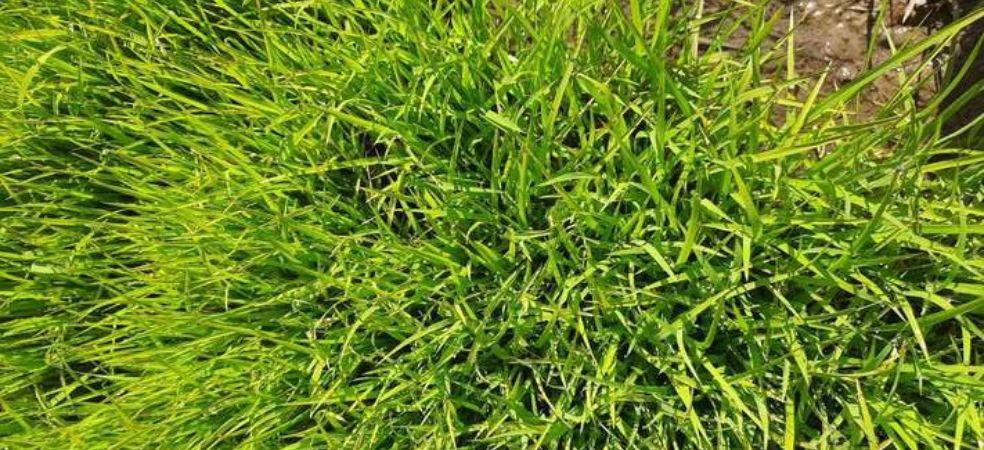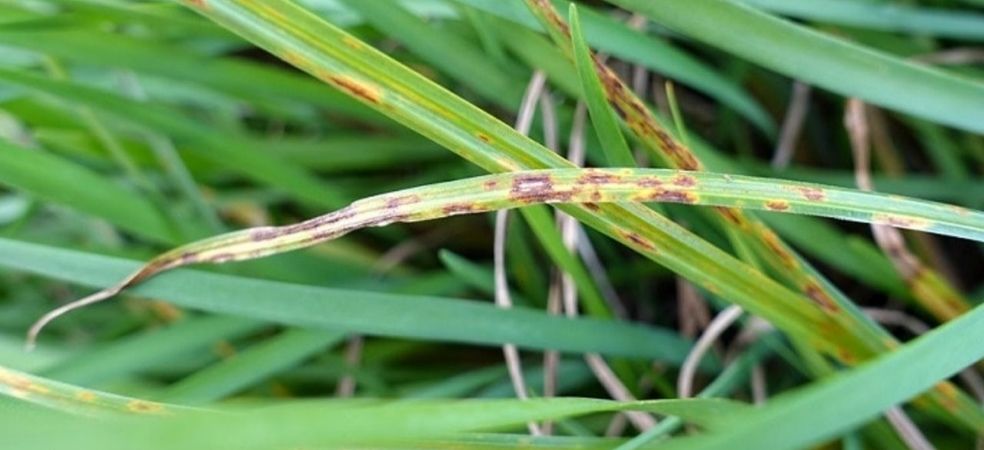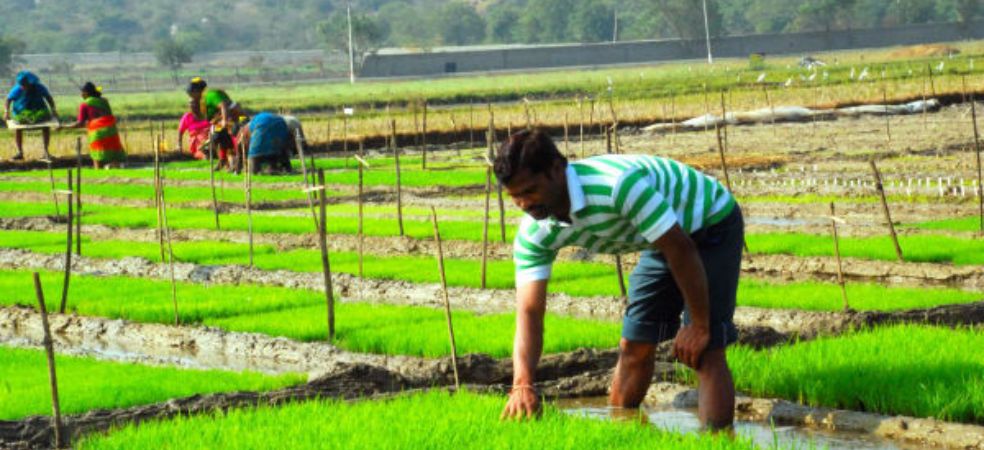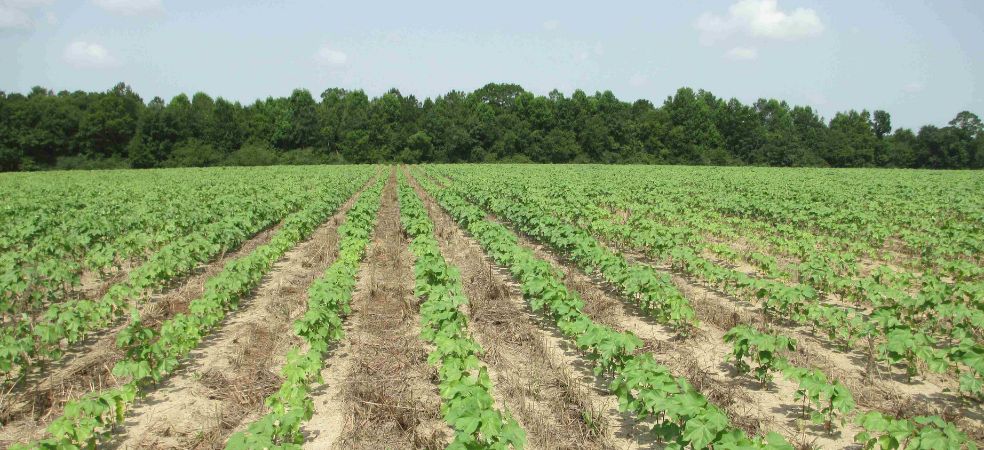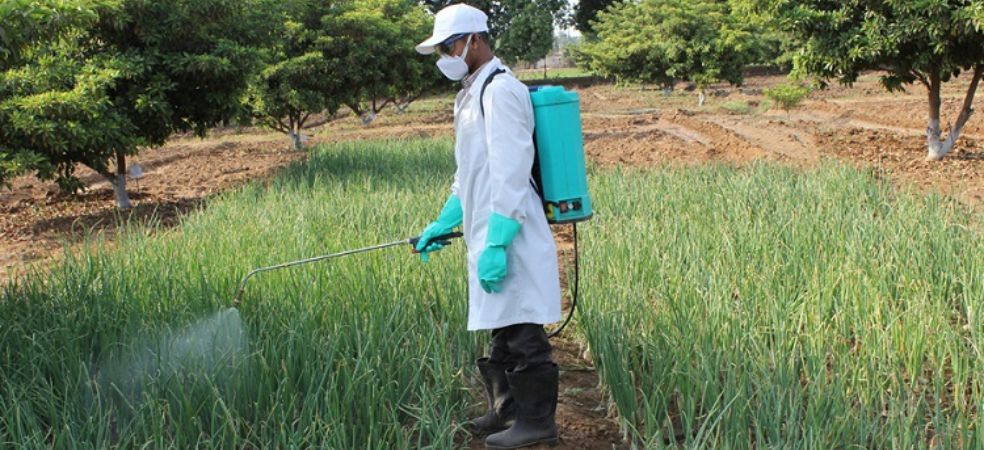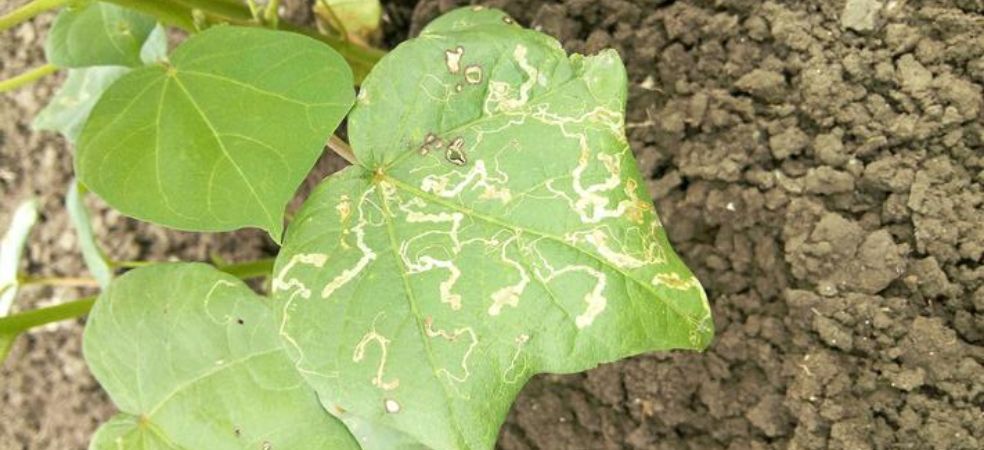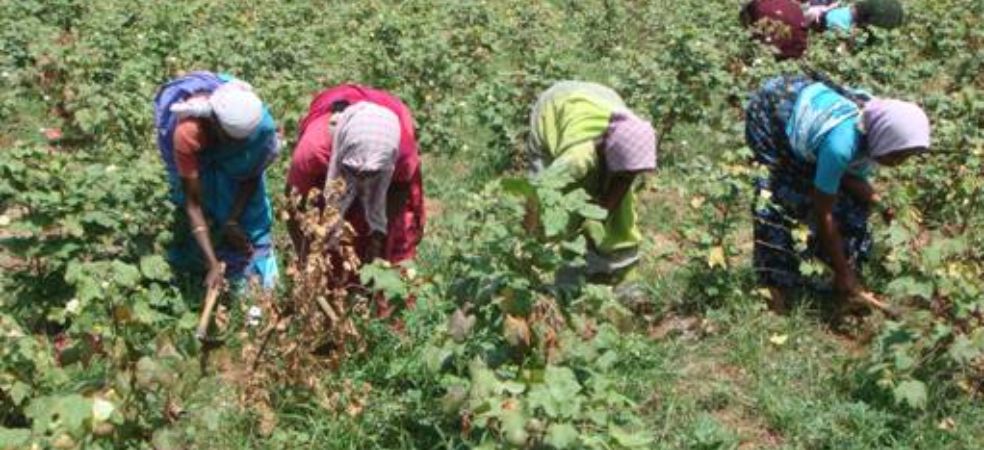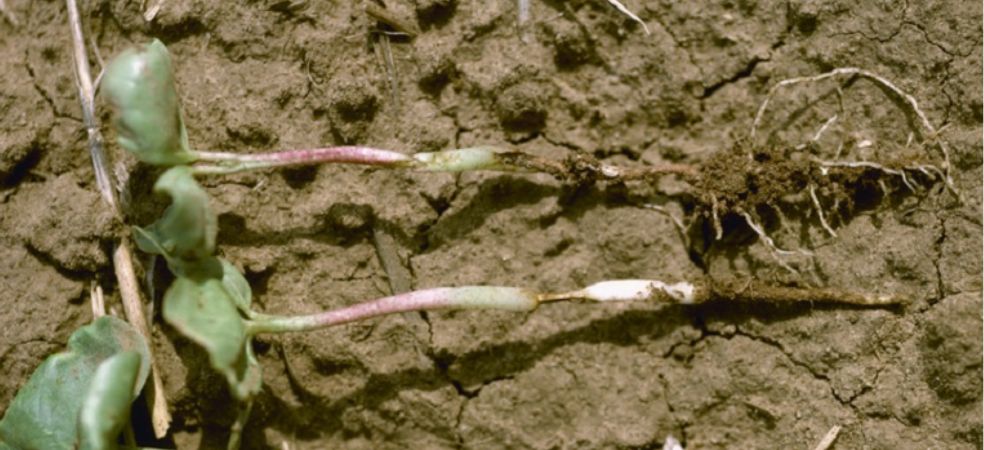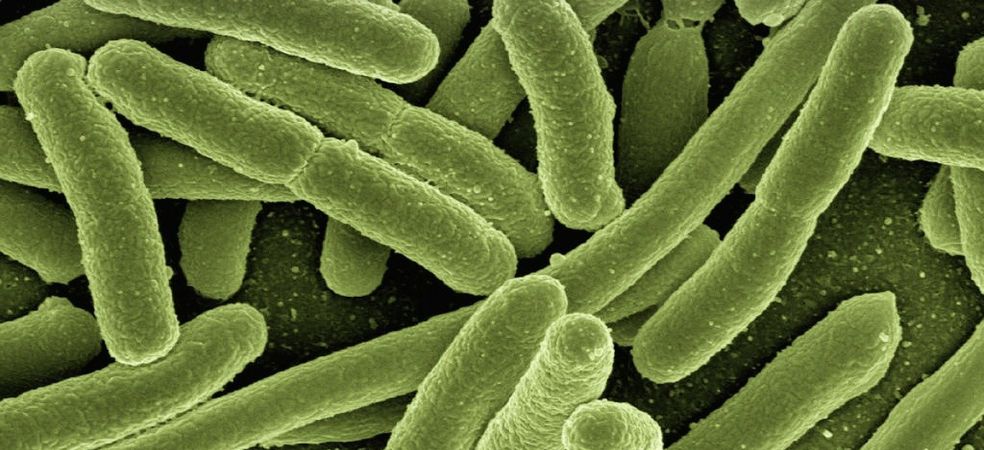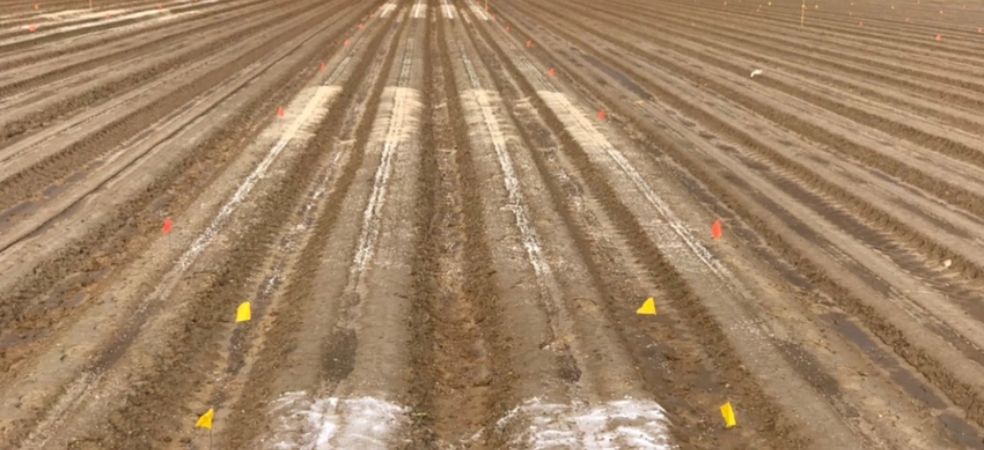Generally, there are many reasons for yellowing in Paddy Nursery, such as lack of water, high temperature, deficiency of nutrients, pests and diseases, etc. Due to these reasons, the problem of yellowing is seen in Paddy Nursery. For better growth, spray water-soluble fertilizer NPK 19:19:19 at the rate of 75 grams per pump. or spray Talwar Zinc Super-14 (Chelated Zinc 12%) at the rate of 1 gram per litre of water.
For replenishment of micronutrients, spray (Tri-Dissolve Paddy Maxx) 20 gm/pump and for sucking insect and fungal diseases, Thianova-25 (Thiamethoxam 25% WG) 10 gm/pump and mixed with Carmanova (Carbendazim 12% + Mancozeb 63% WP) 25 gm/pump.
ShareFor such important information related to the agriculture sector and farmers, do read Gramophone articles daily. If you liked today’s information then don’t forget to share.

